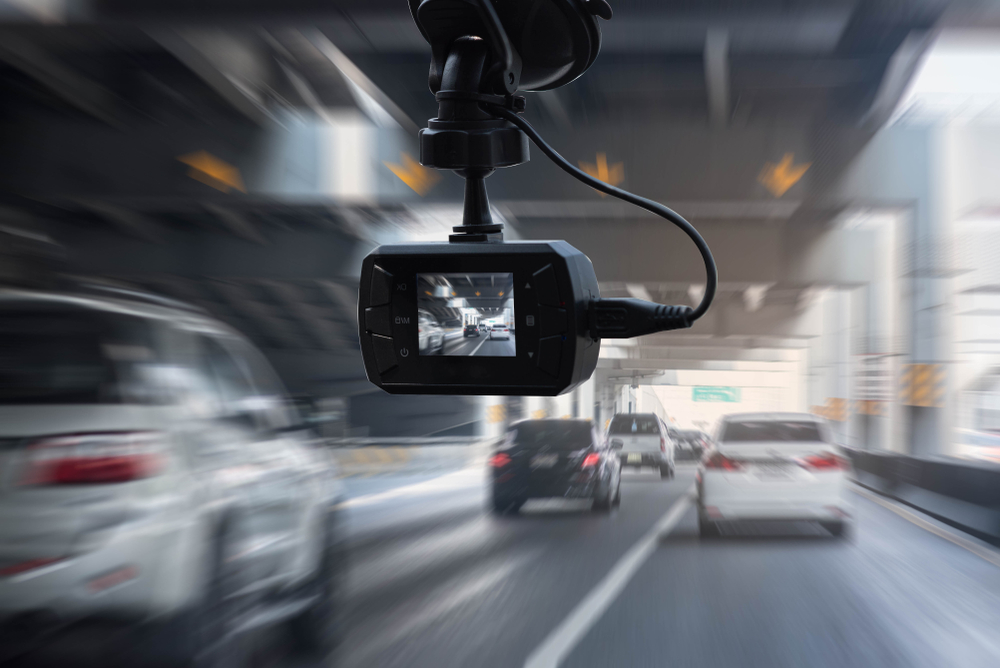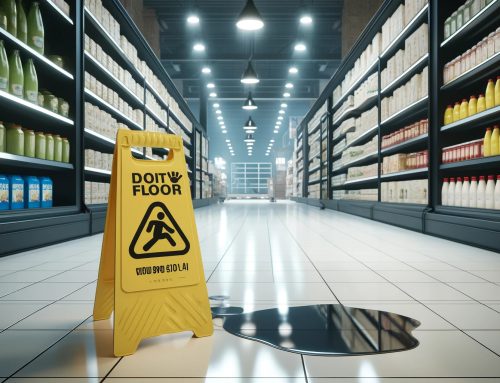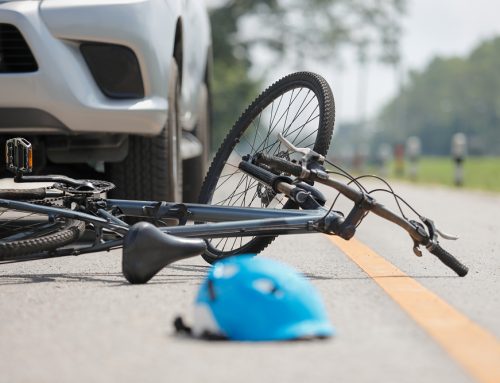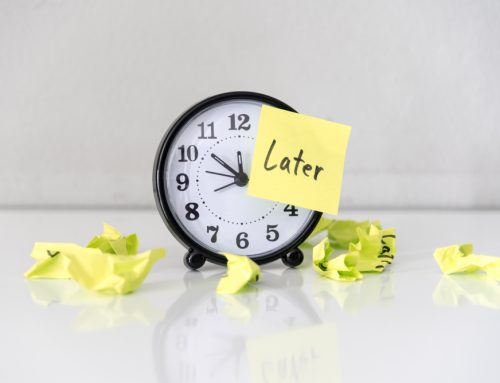If you’ve been involved in a car accident, you may be wondering how to best protect your rights and interests in the aftermath. One effective tool that you can use is dash cam evidence, which can provide valuable documentation of what happened during the accident. Here’s a closer look at how dash cam evidence can be used in your car accident claim, and how to ensure that it is collected and used effectively.
What is Dash Cam Evidence?
A dash cam is a camera that is mounted on the dashboard or windshield of your car, and it records video footage while you are driving. Dash cams are becoming increasingly popular among drivers, as they can provide valuable evidence in the event of an accident. Dash cam footage can show what happened leading up to the accident, as well as the actual collision and its aftermath.
How Can Dash Cam Evidence Help My Car Accident Claim?
If you’ve been involved in a car accident, you may be wondering how to prove that you were not at fault. Dash cam footage can be a powerful tool for demonstrating what happened during the accident. For example, if the other driver was texting while driving or was behaving recklessly, the dash cam footage can show this. In addition, dash cam footage can also help to establish the speed of the vehicles involved in the accident, as well as the weather and road conditions at the time of the collision.
Collecting Dash Cam Evidence
If you have a dash cam installed in your car, it’s important to make sure that the footage is collected and preserved after the accident. Here are a few steps you can take to ensure that your dash cam evidence is collected and used effectively in your car accident claim:
- Retrieve the dash cam footage as soon as possible after the accident. If the footage is not saved immediately, it may be overwritten by new recordings.
- Save the dash cam footage to a secure location, such as a computer or external hard drive.
- Make copies of the dash cam footage, in case the original is lost or damaged.
- Provide the dash cam footage to your attorney or insurance company, as they may need it to build your case.
- Keep the dash cam and its accessories, such as the power cord and mounting hardware, in a safe place. These may be needed to authenticate the footage.
Using Dash Cam Evidence in Court
If your car accident claim goes to court, the dash cam footage may be used as evidence to support your case. In order for the footage to be admissible in court, it must be authenticated and meet certain requirements. For example, the footage must be an accurate and unaltered representation of the events that occurred during the accident.
It’s also important to note that dash cam footage is not always admissible in court. For example, if the footage is blurry or too dark to see, it may not be useful as evidence. In addition, the opposing party may challenge the authenticity or reliability of the footage. In these cases, it may be necessary to provide additional evidence, such as witness testimony or expert testimony, to support your claim.
Conclusion
In conclusion, dash cam evidence can be a valuable tool in your car accident claim. By collecting and preserving the footage, you can help to establish what happened during the accident and strengthen your case. However, it’s important to keep in mind that dash cam footage is not always admissible in court, and it may be necessary to provide additional evidence to support your claim. If you have any questions about using dash cam evidence in your car accident claim, be sure to speak with an experienced car accident attorney. Call 1-800-TUCKERWINS








